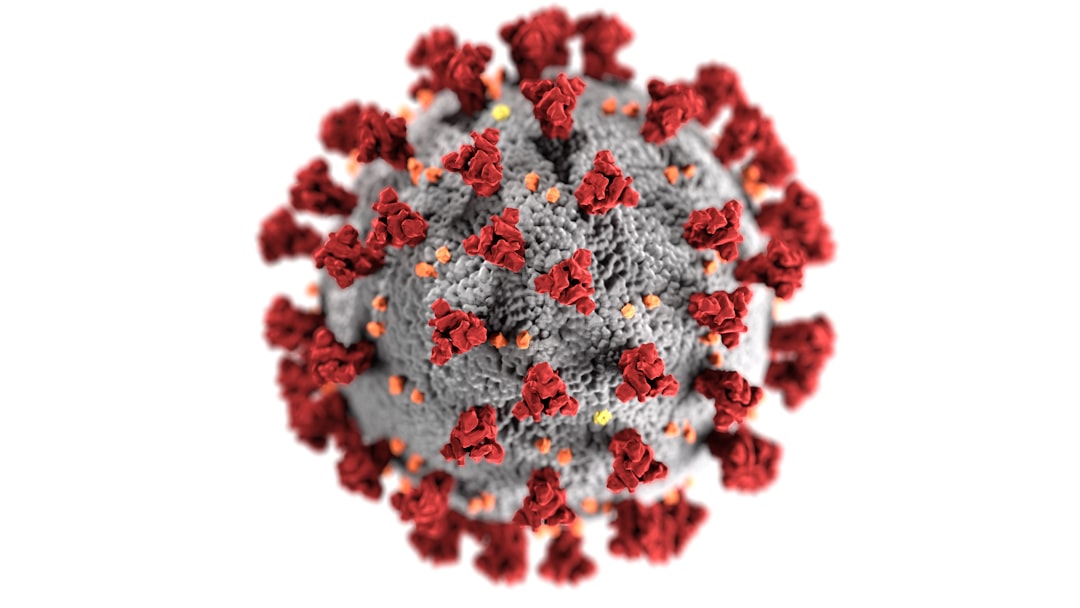What is it about?
Photosynthetic organisms are essentially nonmobile. Consequently, they face to the variations of the environmental constraints such as high light, nutrient deficiency etc. These conditions constitute stress conditions to which diatoms adapt by triggering stress response mechanisms. The nonphotochemical quenching is one of them. When the stressing condition disappears, then the response mechanism relaxes. This manuscript is dedicated to the relaxation of the nonphotochemical quenching in diatoms
Featured Image
Why is it important?
In this paper, the relaxation mechanism of the nonphotochemical quenching is studied from the mathematical point of view. The nonlinear regression fitting procedure allows the resolution of 3 components differing by their shape and time-scale. The medium-scale component is always major and presents a sigmoid shape whereas the two others are exponential in shape. Using a pharmaceutical approach the mechanism on which relies each component.
Read the Original
This page is a summary of: Relaxation of the non-photochemical chlorophyll fluorescence quenching in diatoms: kinetics, components and mechanisms, Philosophical Transactions of the Royal Society B Biological Sciences, March 2014, Royal Society Publishing,
DOI: 10.1098/rstb.2013.0241.
You can read the full text:
Contributors
The following have contributed to this page










